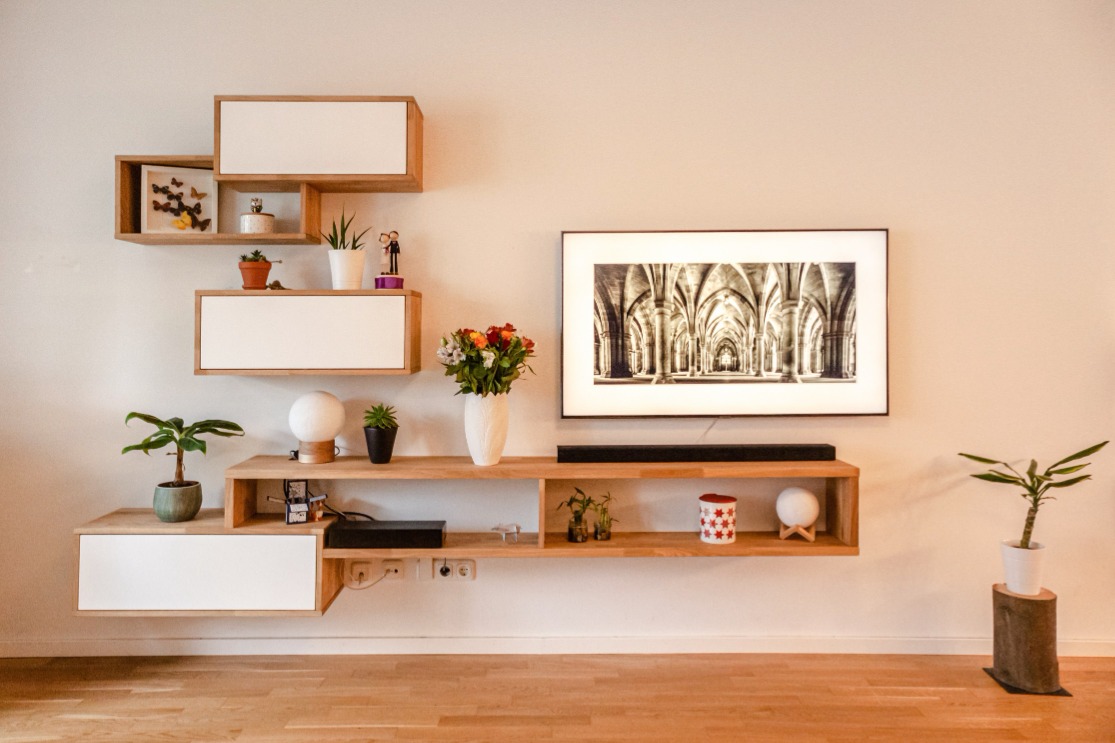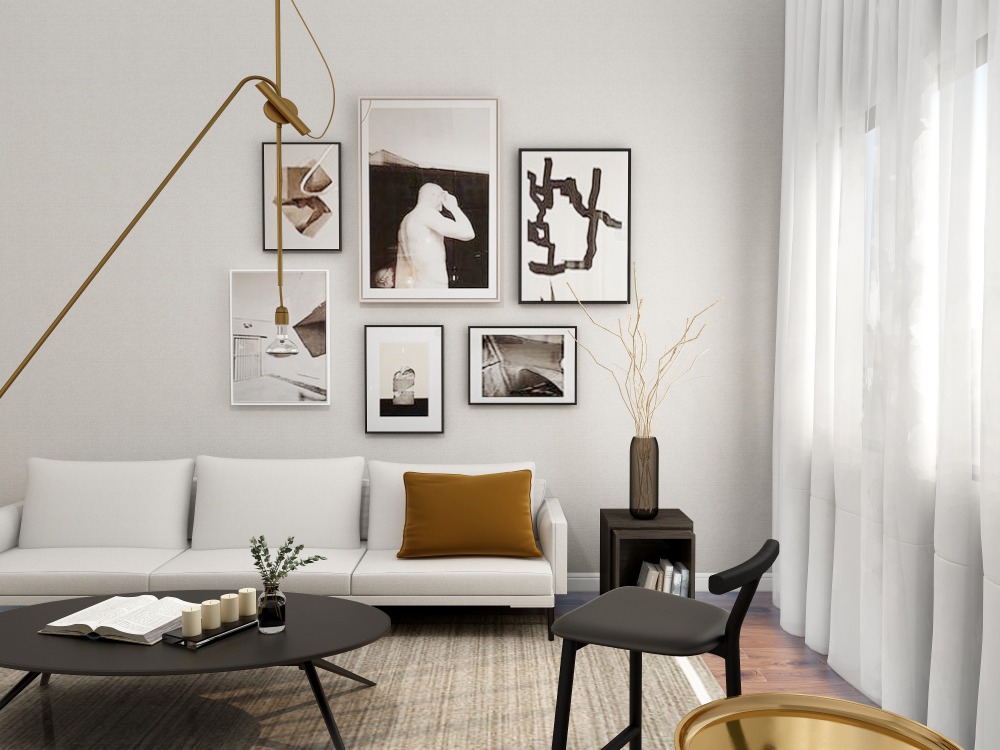Where To Add Accent Colors in Your HomeDecor
by Kayla Keena
Overall, most people appreciate a coherent color palette in their homes, as similar hues feel pleasing to the eye. When everything is too similar, however, the atmosphere can begin to seem uninteresting. Accent colors alleviate this effect by acting as striking points of contrast that bring just the right amount of energy to a room without feeling overwhelming. Although this concept makes sense, it can still be tricky to apply it successfully. We'll provide aid for this conundrum by showing you where to add accent colors in your home decor.

On Top of Furniture
The easiest place to inject color is on top of your furniture because it doesn't take much effort nor money to adorn. You can put blankets or throw pillows in more adventurous colors on your sofa and chairs to animate them and also increase their comfort at the same time. On your hard-surfaced pieces, such as tables, drawers, and shelves, you can also stand up artistic and sentimental decorations, as well as functional items such as lamps to incorporate your accents. Since these items are all relatively small, you can choose distinct shades for them without fear that they will feel disproportionately loud.
On the Floor
Your floor is also a location where you can add accent colors in your home decor naturally. On any hard floor, you just need to set down a bright rug and that room will instantly swell with life. Since rugs appear in a plethora of shapes, sizes, and patterns, you can find one that meshes well with your established style while still being different enough that it acts as an item of emphasis. To illustrate, your house may follow an organic theme where plants and natural materials abound. A floral rug with blue, red, or orange could stand out nicely amidst a backdrop of greens, browns, and beiges while still fitting in.
On the Walls
Walls that are uniform and neutral-toned stand as blank canvases for you to play with. Due to their size and height, the details you give them will come to the forefront of your observations. There are several paths you can take if you need an accent. One is to put up artwork or picture frames that feature vibrant colors in their images. You can alternatively create an accent wall by changing the color of just one wall in a room. Affixing wallpaper is a popular method for this, though you should know the dos and don’ts of using wallpaper before you start. Similarly, you can apply paint to feature an accent hue on a singular wall as well.

